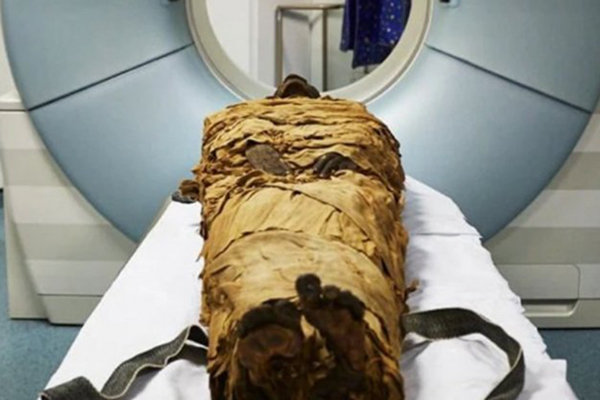London: Scientists have succeeded in accurately reproducing the voice of an Egyptian priest who lived 3,000 years ago, thanks to the mummification process and the use of 3D printing technology.
The scientists created the 3-D printed vocal tract based on measurements of the precise dimensions of his extant vocal tract following computed tomography (CT) scanning.
The acoustic output is a single sound, falling between the vowels in the English words ‘bed’ and ‘bad’, according to the study published in the journal Scientific Reports.
The Egyptian priest Nesyamun lived during the politically volatile reign of the pharaoh Ramses XI over 3000 years ago, working as a scribe and priest at the state temple of Karnak in Thebes (modern Luxor).
His voice was an essential part of his ritual duties which involved spoken as well as sung elements.
The precise dimensions of an individual’s vocal tract produce a unique sound.
If the dimensions of a vocal tract can be established, vocal sounds can be synthesized by using a 3D-printed vocal tract and an electronic larynx.
For this to be feasible, the soft tissue of the vocal tract needs to be reasonably intact.
David Howard of University of London and his colleagues used non-destructive CT to confirm that a significant part of the structure of the larynx and throat of the mummified body of the Nesyamun remained intact as a result of the mummification process.
This allowed the authors to measure the vocal tract shape from CT images. Based on these measurements, the authors created a 3D-printed vocal tract for Nesyamun and used it with an artificial larynx commonly used in speech synthesis.
The researchers suggest that their proof-of-concept recreation of a vocal tract preserved over three millennia has implications for the way in which the past is presented to the public in the present.
It may provide an opportunity to hear the vocal tract output of an individual that lived in ancient times.




